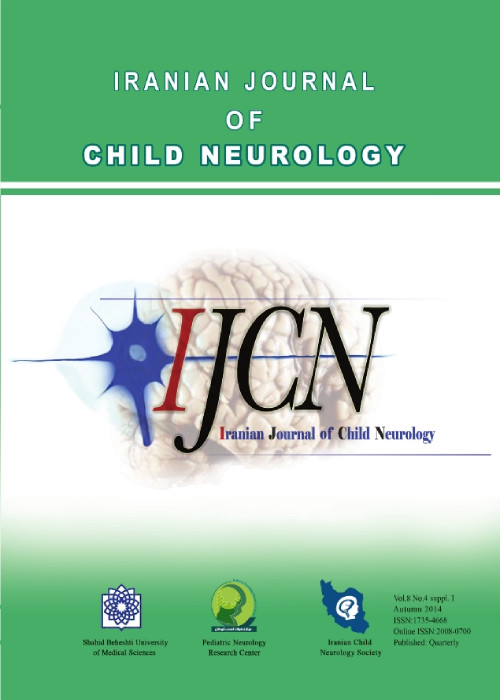Comparison of quality of life following Single- Event Multilevel Surgery (SEMLS) using Bandaging and Casting immobilization methods in cerebral palsy children
Cerebral palsy (CP) is a non-progressive Neurodevelopmental disorder mainly treated using Single-event multilevel surgery (SEMLS). SEMLS contains using a casting method to immobilize the operated limb. However, in the present study, in addition to casting, the bandaging method was also applied. Bandaging is a newer method compared to casting. No study has used bandage for post-surgery immobilization. According to the best knowledge of the authors, no study has compared the outcome of bandage and cast for postoperative immobilization regarding the rehabilitation and quality of life (QoL) in the first and third months following the surgery, within the recovery period, which is associated with consequences like caring, hygiene, transferring, and mobility that affect the spirit and function of children. As a result, we decided to investigate the effect of these methods on the QoL of children the following surgery to treat CP.
Following an analytical cross-sectional design, 100 children (aged 4-12 years) were randomly divided into hemiplegic and diplegic CP. The Cerebral Palsy QoL questionnaire (CP QOL-Child) was filled by parents of the participants. Based on the type of administered immobilizer, 80 children were randomly divided into two groups (40 subjects in each group). All subjects were evaluated using a similar questionnaire in the first and third months after surgery. The non-parametric Mann-Whitney test and ANOVA test were used to compare the study groups.
The mean ratio changes of QOL based on CP QOL-Child questionnaire in bandage group significantly increased in the first month after surgery, but in the cast group this parameter significantly decreased( P <0.001). In third month after surgery, the mean ratio changes of QOL -in both method- significantly increased but the difference mean ratio changes of QOL between the methods wasn’t significant (P=0.64).
In the first month after surgery, the bandaging method was more effective than the casting method, but in the third month, the outcomes were similar for both groups.
- حق عضویت دریافتی صرف حمایت از نشریات عضو و نگهداری، تکمیل و توسعه مگیران میشود.
- پرداخت حق اشتراک و دانلود مقالات اجازه بازنشر آن در سایر رسانههای چاپی و دیجیتال را به کاربر نمیدهد.


